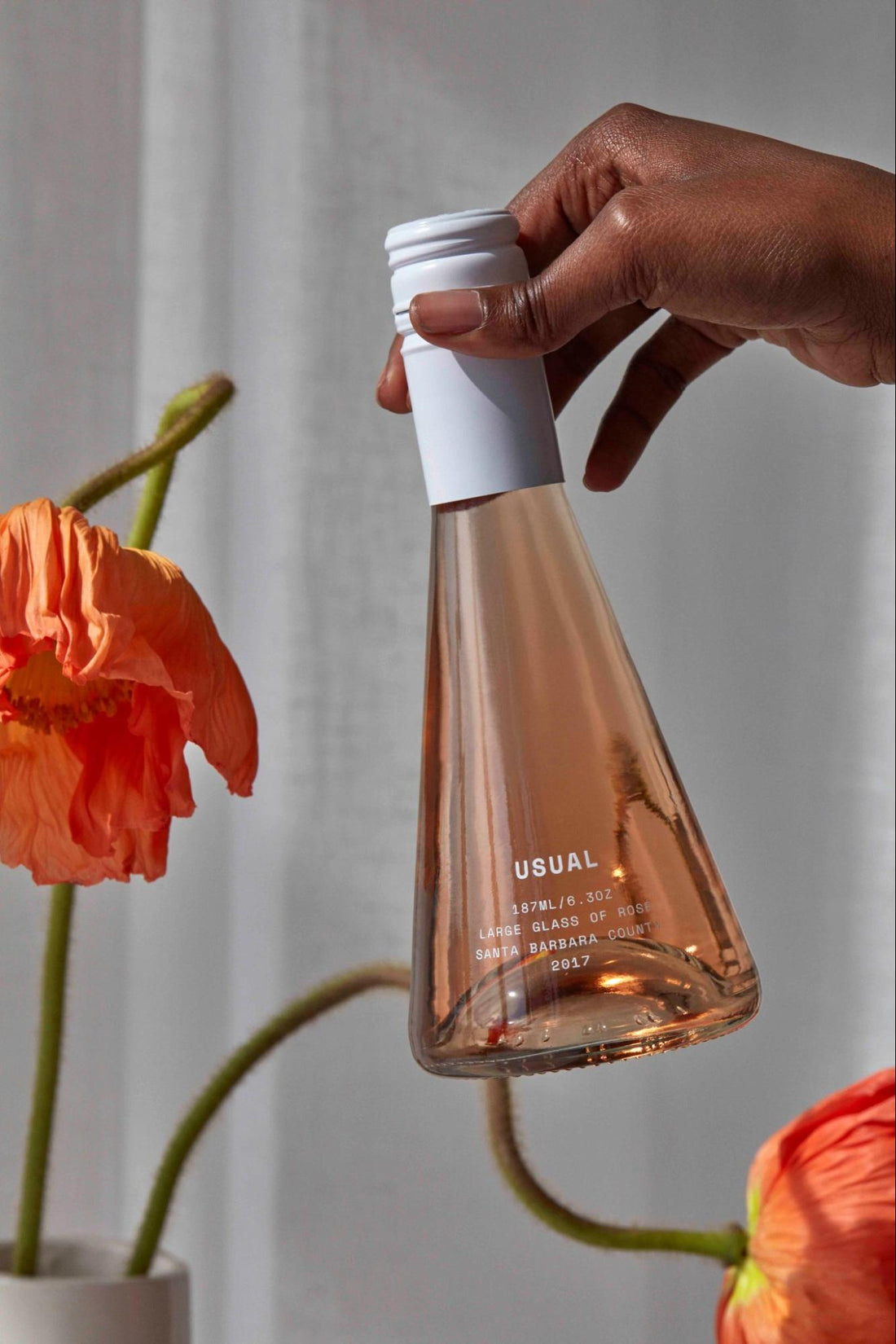
Wine Sediment: Unveiling the Facts About Sediment in Wine
McKenzie HaganWe’ve all been there. You’re enjoying a lovely bottle of wine with friends, when you reach the bottom of the bottle and come across a disturbing surprise. A gunky, sludgy mess hiding among the wine dregs. It’s enough to rethink that last sip.
These particles are called wine sediment and finding them among the dregs of your wine is a common experience. But what is wine sediment? Is it safe to drink? And are there ways to avoid it, or remove it at home?
In this article we’re going to tackle the good, the bad, and the ugly side of winemaking and sediment in wine.
What Is Wine Sediment?
Just like Puff Daddy, wine sediment goes by many names — wine diamonds, wine crystals, and dregs being some of the most popular.
Although it may look nasty, sediment is completely natural and mainly made up of organic matter, such as seeds and grape skins. However, there is one ingredient you may not be so familiar with: tartates.
Tartates are crystal-like pieces that can look quite beautiful on closer inspection — they resemble burgundy-colored diamonds when present in red wine and clear diamonds in white wines. They are the lovechild of tartaric acid binding with potassium, which are both natural ingredients in winemaking.
Wine sediment is also made up of dead yeast, referred to as lees in the winemaking world. Lees are formed when the dead yeast cells are leftover in the wine after the fermentation process. They are completely harmless and, in fact, add body and flavor to the wine.
How Does It Form?

During the fermentation process, potassium and tartaric acid bind together, and yeast cells transform the naturally occurring grape sugars into alcohol. When fermentation is done, these extra bits (tartates and lees) are still present in the wine.
To remove them, winemakers have come up with an ingenious solution: cold stabilization.
Cold stabilization is the process of chilling the wine to 32 degrees Fahrenheit for an elongated period of time (three weeks on average). This causes the leftover bits to form into large crystals, which can be gathered easily and removed.
Fun fact: These crystals are then ground up and sold as cream of tartar, a popular baking ingredient.
While you may think of sediment and wine crystals as a negative thing to find in your glass of wine, many winemakers choose to leave it in their wines. (Some winemakers even refer to them as “flavor savers.”) Because wine crystals don’t affect flavor, sommeliers and winemakers often see them as a sign of quality and proof that the wine hasn’t been overprocessed.
How Do I Remove Sediment?
If you want to be free of any sedimentary surprises, there are a few ways to remove sediment at home.
First, pouring your wine through a fine sieve or a cheesecloth should catch any sediment left behind in the bottle. However, this can get messy, so make sure you have a wide vessel to catch those precious drips.
Decanting is another great option. Every wine lover should own a decent decanter. They were invented to help wine drinkers dodge sediment. Not only that but they help get your wine to a good temperature, let your wine breathe, and look classy on your dining table.
To decant successfully, leave your bottle standing up right for a day or two before serving. This should allow all the sediment to collect at the bottom of the bottle. When you are ready to serve, carefully pour the wine, keeping a close eye on the sediment. If the sediment moves towards the neck of the bottle, stop pouring.
However, if you can’t bear to leave a single drop, you can either use a sieve to rescue the end of the bottle (sediment free) or if that feels far too much effort, you could always just drink it.
Is Sediment Safe to Drink?
It may look a little bit funky, but sediment is safe to drink. However, it doesn’t really have a taste, more of a texture — think the bottom of a cup of tea with tea leaves, or bits in a bottle of kombucha.
Because sediment is made from naturally occurring ingredients, you shouldn’t be afraid of it. However, we understand that having a mouth full of foreign matter when you’re just trying to have a nice drink may not feel very safe.
If you spot these granular dregs hiding in the bottom of your glass, don’t be alarmed, but don’t rush to drink it either. It may be completely safe, but it doesn’t feel pleasant.
How Do I Prevent Sediment in Wine?

Organic or biodynamic winemakers pride themselves on creating wines that are not overproduced. Choosing organic white wines may be the perfect way to avoid wine crystals in your glass.
Another way to avoid wine crystals is to opt for high-quality red wines. Because red wines don’t need to be chilled for optimum quality, they are far less likely to go through cold stabilization and thus form wine crystals.
However, while this plan of action may protect you from wine crystals, you’re not in the clear from other forms of sediment, such as lees and grape particles.
Red wine gets its fabulous hue and tannic flavor from the naturally occurring tannins found in grape skins, so when red wines are fermented, matured, and bottled, they are more likely to have more grape particles suspended in it.
Wines also form more sediment as they age. During the aging process, molecules combine to form tannin polymers, which fall to the bottom of the bottle, creating more and more sediment for you to discover upon drinking.
So, if you really can’t stand the thought of sediment of any form, go for new red wines, which haven’t had a chance to age too much.
Who’s Afraid of Wine Sediment?
Wine sediment is a tricky topic. While we know it’s completely natural, harmless, and is even considered a sign of quality by wine academics, discovering it in your glass can be a bit of a shock.
While opting for red wine is a good way to avoid wine crystals, you may still find lees sediment in your bottle. However, a new red wine, which hasn’t been aged for too long, will have considerably less sediment than an older one.
Leaving your bottle upright for a couple of days is the best way to persuade the sediment to the bottom of the bottle. Then when you’re ready to serve, you can decant, avoiding the last few drops of the bottle.
While we, too, would like to avoid a glass full of funk, you have to admit that being able to see the science of your wine in front of you is pretty cool. Those humble grapes go through one hell of a change to become a glorious glass of vino.
Scared that sediment means your bottle has gone bad? Learn how to tell when a wine is past its prime in our guide, Does Wine Go Bad? Top Tips to Make It Last.








